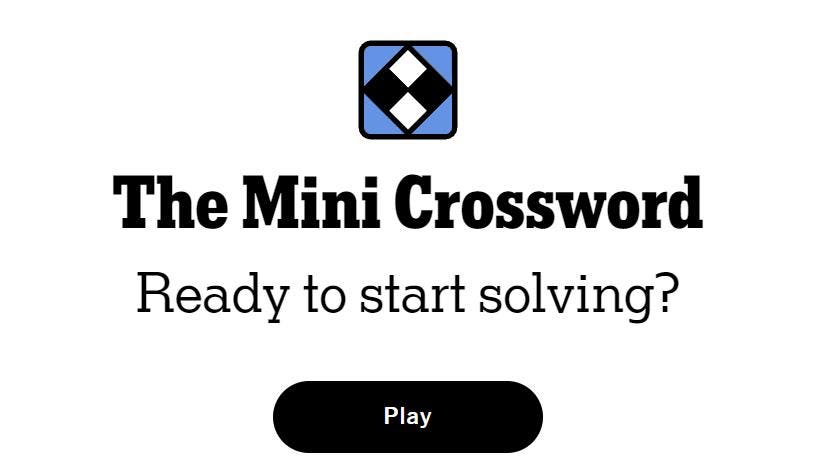SUQIAN, CHINA – JUNE 10: In this photo illustration, the logo of AI Agent is displayed on a … More
The era of agentic AI is upon us. We have new enterprise systems utilizing this framework where increasingly, specialized models are doing different parts of a complex task.
Imagine something elaborate, like an AI engine poised to offer nuanced feedback on a new fashion line from Milan, or automated market research for a company with a global footprint, or smart management systems for a large fleet of vehicles.
The examples are endless, but increasingly, these AI agents are powering business across the board.
With that in mind, it’s helpful to understand some of the major differences between different types of agents.
Generally, there’s a set of seven different agent types that vary in complexity and function.
Let’s go over these agent types and what they do, typically.
Agent Types and Hierarchy
First, there’s the simple reflex agent. This is the most simple kind of AI agent that basically provides a rudimentary function. It might return recommendations or something simple like that, but it doesn’t have a lot of discriminative or “cognitive” ability.
It also doesn’t have stateful process.
That leads to the second category: a simple reflex agent with state.
This type of agent still uses rule-based actions, but a slight memory makes it more flexible than simple reflex agents. Still, it doesn’t plan ahead or evaluate consequences.
The next step up is a model-based reflex agent. This agent type can maintain some sort of internal model of how the world works, and updates using percept history, also combining current percept data to decide actions. In general, it’s suitable for dynamic or “partially known” environments where there may be wildcards, but also sorted info.
After that, we have a goal-based agent that can use search and planning to find goal-achieving actions, and do things like compare different possible futures. Flexible decision-making is in play, but the model still requires goal specification, and there’s no built-in utility or learning.
The utility-based agent, a step up, has the additional capability of contrasting different criteria in a rule based system. In other words, it can make rational tradeoffs between conflicting goals, and choose actions that maximize expected utility. This type of agent is well suited to complex, uncertain environments, because it has more sophisticated decision-making than goal-based agents.
The learning agent has the ability to learn, hence the name.
And then, at the top, there’s the rational agent, which:
· Acts to maximize performance measure
· Uses available knowledge, goals, and preferences
· Can incorporate all previous agent types
· Operates optimally under uncertainty and complexity
In short, the rational agent does more than the others.
In addition to this, there are different kinds of functional agents like conversational agents, and famously, developer agents that have coding functionality built in. One model might hand a complex programming problem to another developer agent, which might hand it back to conversational agents later when the programming is done.
Ways to Use Agent Types
Here are some use cases and applications for the seven types of agents:
System Design: It’s important to choose the right agent type for projects based on the complexity, observability, and goals of your AI system. That means having a granular understanding of what each of these model types can do.
Capability Planning: Understand the tradeoffs between simplicity and power to build scalable or adaptive solutions. Again, you have to know the strengths and potential weakness of each type, and plan accordingly.
AI Education: Those who understand this framework can teach core AI concepts to others, and promote learning automation.
Optimization: Upgrade existing agents to others that may better fit new tasks.
I think this is a helpful framework to address how we’re getting more out of AI systems as we specialize. I often cite the work of Marvin Minsky, who had his own MIT connections, and his book, The Society of the Mind, in which he surmised that the human brain is not one computer, but dozens or even hundreds of small computers working together in specialized ways.
AI is becoming like that, too, and so it’s better able to imitate human cognitive processes.
As for job displacement and everything else, keep an eye on the blog as I continue to chronicle all of the human responses to the technology as it evolves in the blink of an eye.









